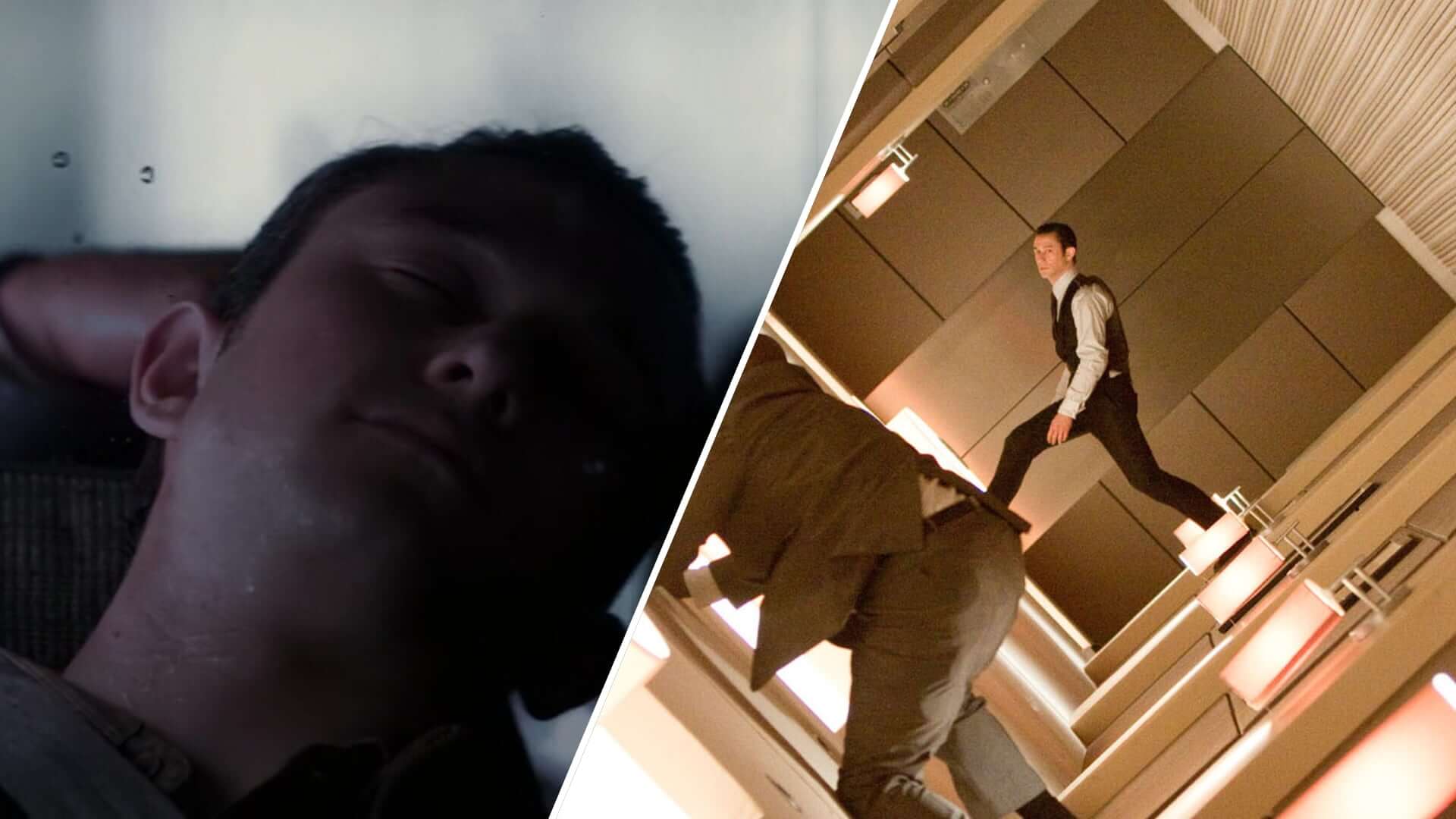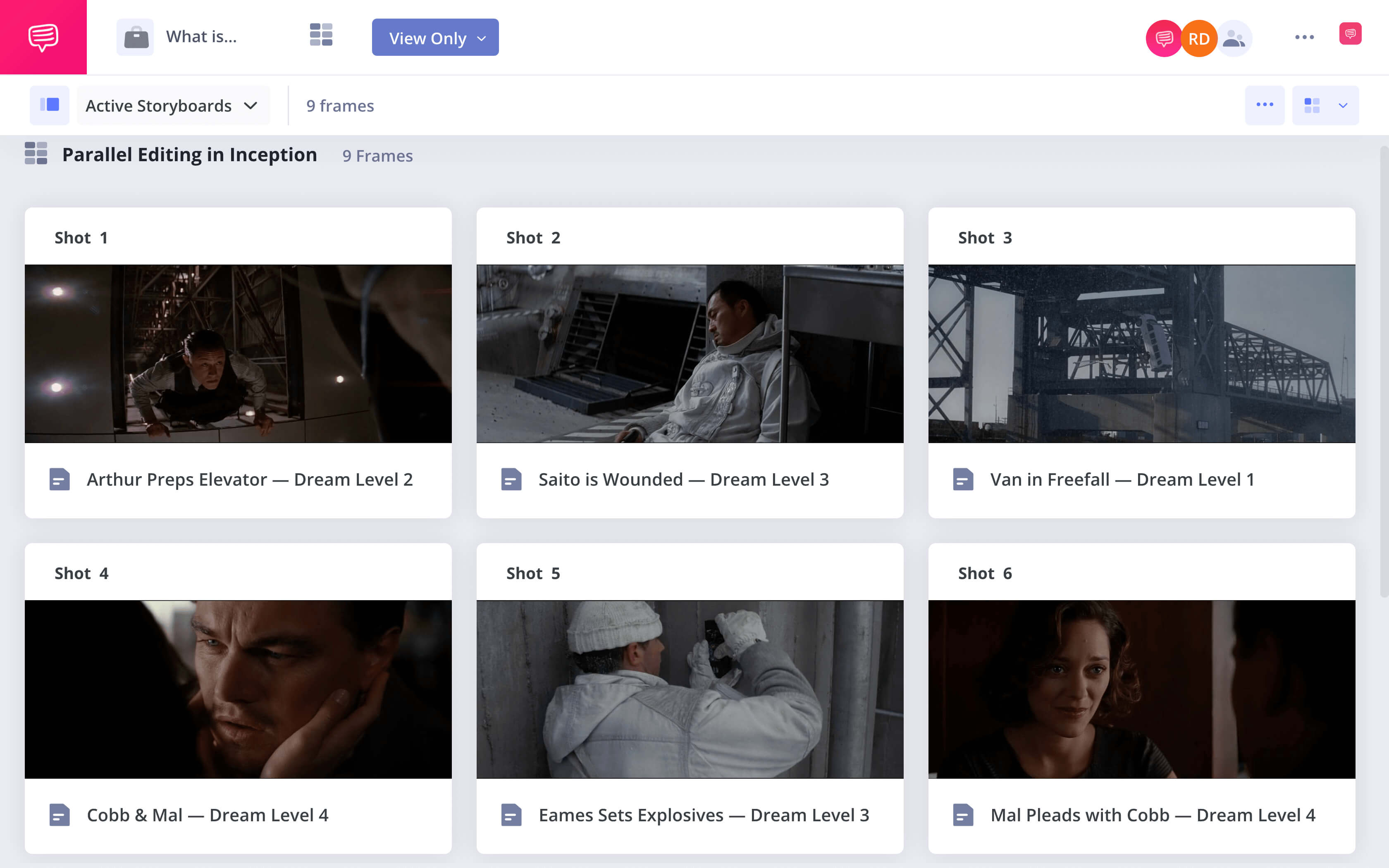There are countless ways to cut a movie. Sometimes it’s best to do straight-forward, continuity editing– one scene happens, then the next. But sometimes, a less obvious editing technique can bring a sequence to life. Parallel editing is one of these unique editing forms that can elevate a movie, drawing comparisons and heightening suspense. So what is parallel editing in film? How can it be used?
What is Parallel Editing in Film?
Parallel Editing Film Definition
If you’ve spent some time in post-production settings, you’ve probably heard the term “parallel editing.” It gets tossed around a lot, and sometimes people are fast and loose with precise definition.
So what exactly does parallel editing refer to?
PARALLEL EDITING DEFINITION
What is parallel editing in film?
Parallel editing is an editing technique where two or more different scenes are intercut in order to suggest simultaneity. It can also refer to intercutting between two or more different actions occurring within one expansive scene.
What is Parallel Editing in Film?
Parallel Editing vs Cross Cutting
Does the definition of parallel editing sound vaguely familiar? That’s because it’s very similar to cross cutting, and many will use the two terms interchangeably. But there is actually a difference.
Cross cutting refers to multiple scenes being intercut, but it doesn’t necessarily mean that the scenes are occurring simultaneously. The relationship between cross cutting and parallel editing is like that between rectangles and squares: all parallel editing is cross cutting, but not all cross cutting is parallel editing.
Is your head spinning? Let’s clarify with some examples.
In Mission: Impossible– Rogue Nation, Ethan Hunt and his team are faced with a very complex task. As the discuss how they are going to break into the ultra-secure facility, Christopher McQuarrie and editor Eddie Hamilton use cross-cutting to illustrate the plan:
Mission: Impossible
This is cross cutting and not parallel action, because the intercutting is not meant to suggest both scenes are happening at the same time. In fact, the scene showing their plan never happens at all.
Now, let’s look at one of the most important scenes in film history: the Odessa steps sequence from Sergei Eisenstein’s Battleship Potemkin.
The Odessa steps parallel cutting
Here, Eisenstein pioneers the use of parallel editing within one larger scene. He intercuts the chaos of the soldier mowing down the masses with a more intimate drama, a mother mourning the loss of her child. These two actions are happening simultaneously, and so the cross cutting here is also parallel editing.
The Odessa steps sequence is a perfect crystallization of how powerful parallel editing can be. Let’s break down some of its uses.
What is Parallel Editing in Film?
Why Use Parallel Editing?
First and foremost, parallel editing suggests simultaneity. If you place two scenes back to back, it may be more difficult to convey that they are happening at the same time.
But parallel editing can be useful beyond this primary purpose.
Build Suspense
Intercutting various scenes can increase suspense. It can draw out the unfurling up time, building anticipation within the audience.
Take this scene from The Battle of Algiers, which cuts between three different rebel bombers.
The Battle of Algiers parallel action film
Here, parallel action has an exponential effect on the suspense in the scene. We see each woman look at the clock, emphasizing the countdown for the explosion. Perhaps more importantly, we see them look around their respective locations, showing us the victims.
The three scenes intercut together also builds on the themes Battle of Algiers investigates: the tragedy of everyday people caught in the crossfire, the commitment required in guerrilla warfare, the have-and-have-nots relationship between the French and the Algierians.
All this, and we’re on the edge of our seats, waiting for the blast.
Pacing
While parallel editing for suspense may be used to slow things down, the technique can also be used to quicken the pace. This is especially helpful in an action film, where cutting between multiple set pieces can help to infuse energy into a sequence.
Christopher Nolan is a master of parallel editing towards these ends. The director loves to blend together different scenes to create a churning and invigorating pace.
Nolan’s parallel cutting
Perhaps the apex of this approach can be seen in Oppenheimer, a dialogue-heavy movie which feels like an action flick because of its near constant use of cross cutting and parallel editing.
Oppenheimer Trailer
Juxtaposition
Parallel editing is also great for juxtaposition. The practice leaves an audience with no choice but to compare and contrast the multiple scenes they are being presented with.
The Godfather baptism scene is the most oft-cited example for this kind of parallel editing. If you somehow haven’t seen it, check it out:
The Godfather parallel cutting
The juxtaposition here informs us on Michael’s internal conflict, and also could be read as a critique of the larger hypocrisy within much of organized religion.
Now that we’ve looked at parallel editing’s uses, let’s look at some more great examples.
What is Parallel Editing in Film?
Parallel Editing Examples
Once you start looking for it, you’ll realize parallel editing is everywhere. Here’s a brief list of films that use parallel editing for one or more of the reasons we just outlined.
Buffalo Bill’s Arrest, The Silence of the Lambs (Spoilers!)
Silence of the Lambs parallel cutting • Parallelism in movies
Jonathan Demme’s use of parallel editing near the climax of his seminal thriller is a great suspense builder. But it’s also a rug-pull– we think the well-equipped SWAT team is about the arrest the serial killer. Instead, it’s Clarice.
Pretty Much Everything, Unstoppable
Unstoppable scene • Parallelism in movies
Tony Scott’s Unstoppable moves at a breakneck speed – I mean, it’s in the name. The film routinely uses crosscutting to raise the stakes for the two protagonists, as well as to keep track of the other characters trying to bring the runaway train to a halt.
To Shoot or Not to Shoot, American Sniper
Parallel editing in American Sniper
Clint Eastwood’s American Sniper has a handful of hair-raising moments, but perhaps no scene is as excruciating as the film’s opening scene. Using parallel editing, Eastwood builds an impossible choice for Chris Kyle. It sets a brutal tone for a pretty brutal movie.
The Hallway, Inception
Inception’s iconic parallel cutting
We’ve already mentioned Nolan’s penchant for the technique, but we have to call out this scene from Inception specifically. It’s everything that makes Nolan’s parallel editing so great. The scenes intercut here have a direct cause and effect. Each time the van moves, we wince, understanding it will make the dream all the more perilous.
We put together a storyboard of Inception's parallel editing using StudioBinder's storyboard creator. You can see how the film final act bounces between multiple dream levels.
Parallel Editing in Inception • Shot Listed in StudioBinder
Up Next
What is a Jump Cut?
Now you know all there is to know the answer to “What is parallel editing in film?” Up next, the jump cut. It’s a dirty word in film, but we investigate how it can actually be used beneficially in your next movie. Take a look.
Up Next: Jump Cuts Explained →
Showcase your vision with elegant shot lists and storyboards.
Create robust and customizable shot lists. Upload images to make storyboards and slideshows.

